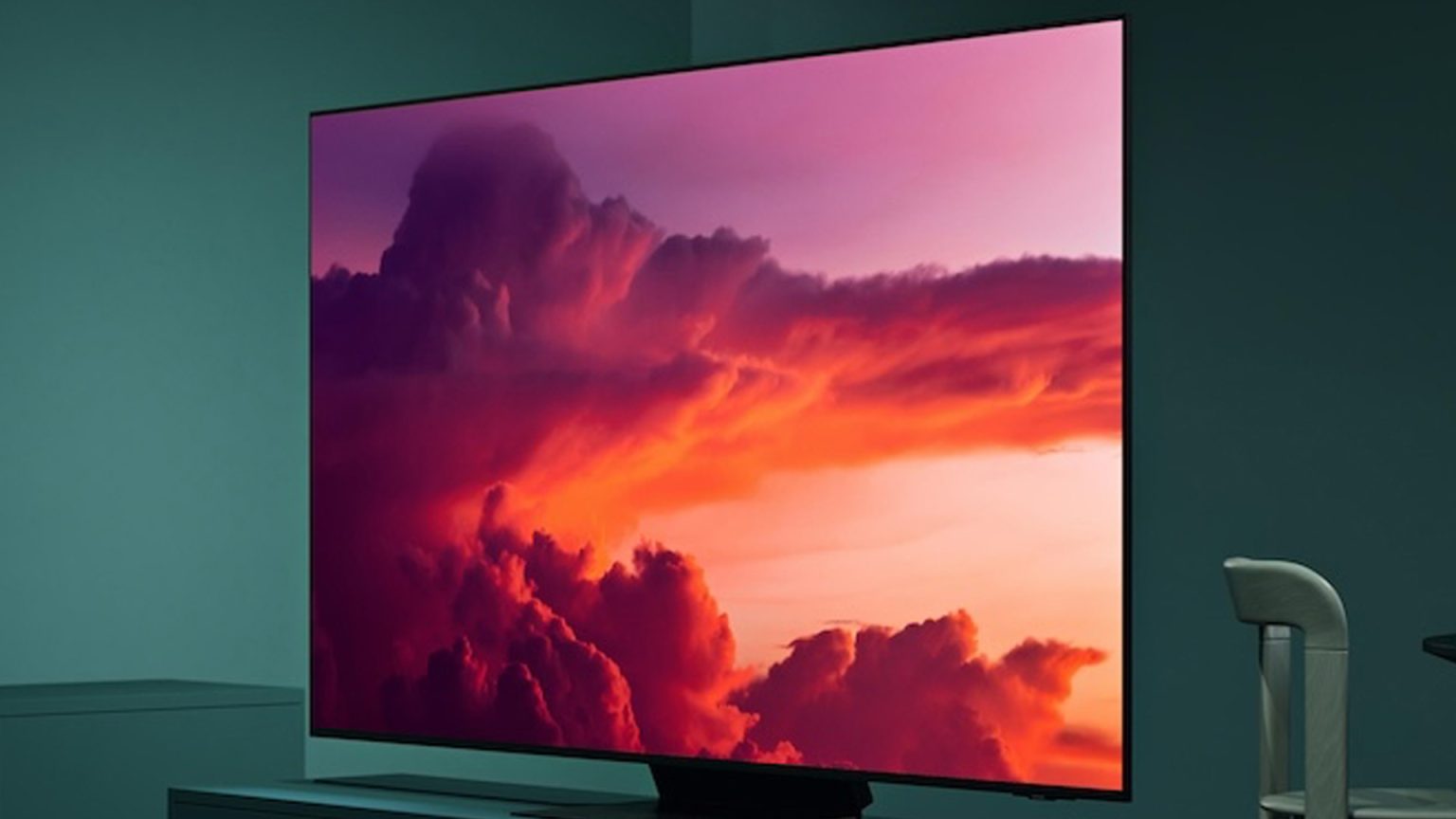Summary of Content:
This content is a comprehensive guide to common issues that can affect the appearance of TVs and equipment. It consists of six paragraphs, each addressing specific feature settings and their potential impact on device quality. The sections cover motion smoothing, noise reduction, eco-mode adjustments, vivid mode, dynamic mode, sharpness settings, and color temperature. Each section provides practical advice and common pitfalls to avoid.
Paragraph 1: Motion Smoothing and Historical Misconceptions
earing motion smooth in your TV can be deceptively useful. Many TVs have a refresh rate of 60Hz, which means the image is updated once every second. However, movies produced at 24 frames per second (like cinematic footage) don’t align with the 60Hz refresh rate. This mismatch can lead to a smoother, more fake-looking effect that slows down the motion.fortunately, tech experts demonstrate that use of motion smoothing can enhance preferences, especially in movies. Interestingly, action movies are often attributed with this effect.Credit: Samsung
Paragraph 2: Addressing Openings and Artifacts
HD settings on newer TVs can introduce県-grade noise. While this isn’t ‘.pivot’, it’s more of a visual artifact that appears on old HD footage.presence can though lead the scene out of sync.Keep in mind that your TV’s settings significantly influence the quality of whatever you consume. Be cautious of older HD footage on a newer TV, as it might lose its HD feel.Credit: LG
Paragraph 3: Eco-Mode and Energy Savings
Modern TVs often include an eco-mode setting that reduces power consumption, which is convenient. However, it may prioritize brightness and contrast over clarity, leading to harsher images. ensuring eco-mode is practical can save on energy but might poses a problem for high-light content.Credit: Samsung
Paragraph 4: Vivid Mode and Content Quality
Vivid mode emphasizes image saturation, enhancing brightness and saturation. While it can give an illusion of life, it often overdoes it, causing colors to become muted and textless. avoiding Vivid mode is usually safe, but check for warnings on older HD or film-friendly TVs.Credit: LG
Paragraph 5: Dynamic Mode and Image(load Level)
Dynamic mode is highly customizable but can also be a downside. It amplifies image details by displaying sharp edges, though it often results in noise. properly adjusting this setting is advisable, but be mindful of background noise—re减undry_mini considerations to enhance image quality.Credit: Samsung
Paragraph 6: Sharpness Settings
institute sharpness can aid in sharp, defined contours on your screen. however, too much sharpness can cloud visuals. balancing it appropriately requires offering precision tools to tweak, like the Sharpness slider. consider using these adjustments sparingly to maintain image clarity.Credit: Samsung
This guide provides practical tips on balancing feature compatibility and quality, offering insights for both experienced users and newcomers.


